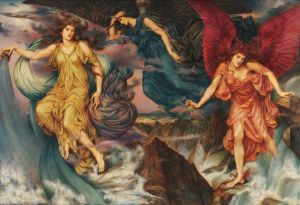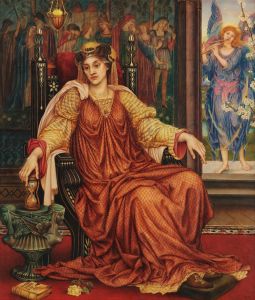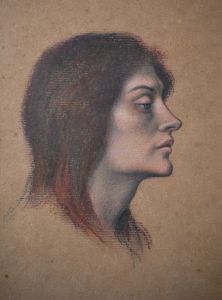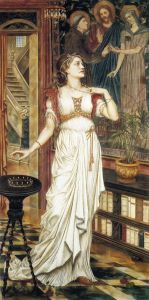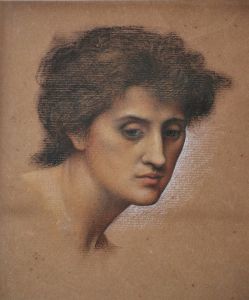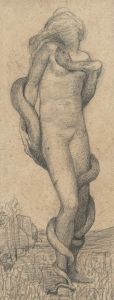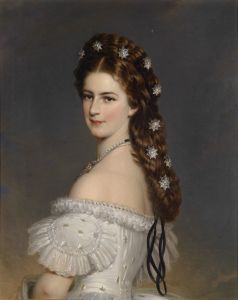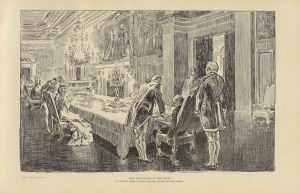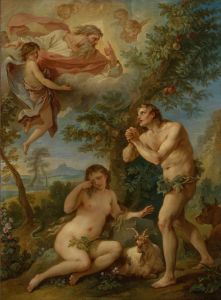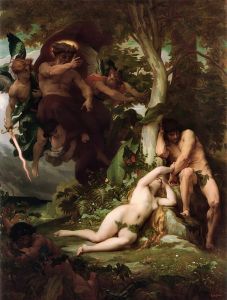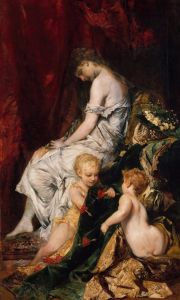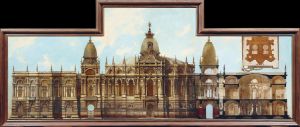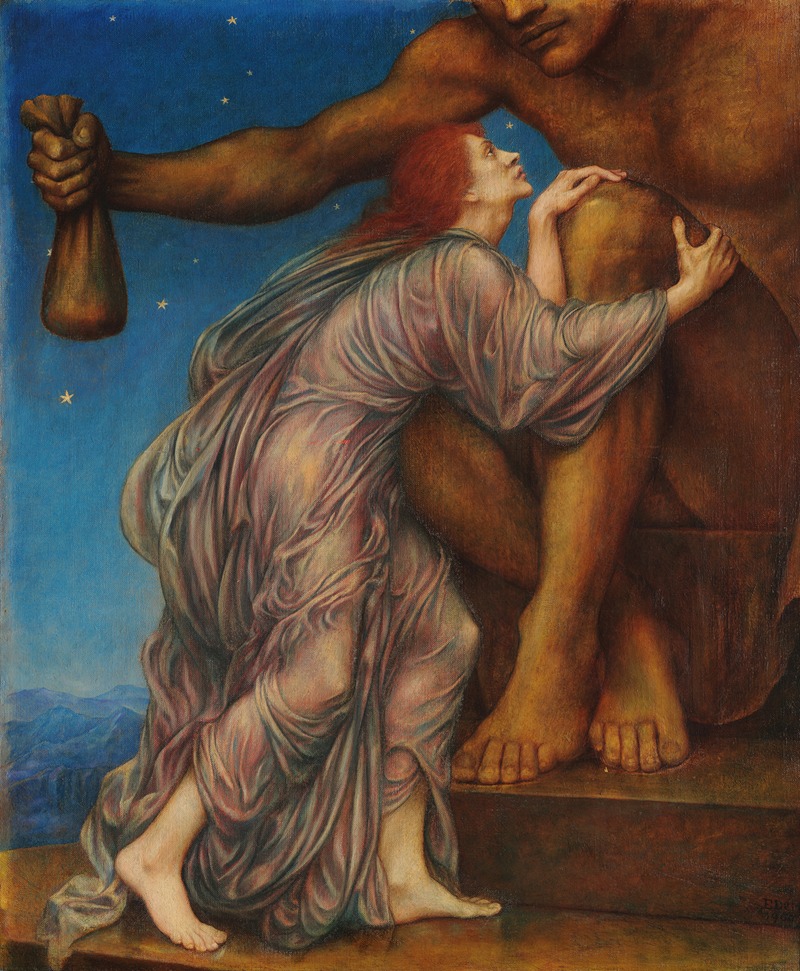
The worship of Mammon
A hand-painted replica of Evelyn De Morgan’s masterpiece The worship of Mammon, meticulously crafted by professional artists to capture the true essence of the original. Each piece is created with museum-quality canvas and rare mineral pigments, carefully painted by experienced artists with delicate brushstrokes and rich, layered colors to perfectly recreate the texture of the original artwork. Unlike machine-printed reproductions, this hand-painted version brings the painting to life, infused with the artist’s emotions and skill in every stroke. Whether for personal collection or home decoration, it instantly elevates the artistic atmosphere of any space.
"The Worship of Mammon" is a painting by the English artist Evelyn De Morgan, completed in 1909. De Morgan was a prominent figure in the late 19th and early 20th centuries, known for her association with the Pre-Raphaelite movement and her distinctive style that often incorporated themes of spirituality, morality, and social commentary.
The painting depicts the personification of Mammon, a biblical term used to describe wealth or greed, often personified as a deity. In Christian theology, Mammon is frequently associated with the corrupting influence of material wealth and the moral decay that can accompany the pursuit of money. De Morgan's work reflects these themes, portraying Mammon as a central figure surrounded by individuals who appear to be entranced or subjugated by his presence.
Evelyn De Morgan's choice to focus on Mammon aligns with her broader artistic and philosophical interests. Throughout her career, she was deeply concerned with issues of social justice and the moral implications of industrialization and capitalism. Her paintings often critique the societal values of her time, and "The Worship of Mammon" is no exception. The work serves as a visual allegory, warning against the dangers of materialism and the loss of spiritual and ethical values in the face of economic pursuits.
The composition of the painting is carefully constructed to emphasize the dominance of Mammon. He is depicted as a powerful, almost god-like figure, seated on a throne, which symbolizes his authority and the reverence he commands from those around him. The figures surrounding Mammon are shown in various states of submission and adoration, highlighting the seductive and overpowering nature of wealth. De Morgan's use of color and light further accentuates the painting's themes, with rich, opulent tones that draw the viewer's eye to Mammon and the allure of the material world.
Evelyn De Morgan's work is characterized by its meticulous attention to detail and symbolic complexity. "The Worship of Mammon" is no exception, as it incorporates numerous elements that invite interpretation and reflection. The painting can be seen as a critique of the societal values of De Morgan's time, particularly the increasing emphasis on wealth and economic success at the expense of moral and spiritual considerations.
De Morgan's artistic style is heavily influenced by the Pre-Raphaelite Brotherhood, a group of English painters, poets, and critics founded in the mid-19th century. The Pre-Raphaelites sought to return to the detail, intense colors, and complex compositions of early Renaissance art, rejecting the academic standards of their time. De Morgan, although not an official member of the Brotherhood, embraced these principles in her work, as evidenced by the intricate details and vibrant palette of "The Worship of Mammon."
Evelyn De Morgan's legacy as an artist is marked by her commitment to exploring profound themes through her art. "The Worship of Mammon" stands as a testament to her ability to convey complex moral and philosophical ideas through visual means. The painting remains a significant work within her oeuvre, reflecting her concerns with the ethical implications of wealth and the societal values of her era.
Today, "The Worship of Mammon" is part of the De Morgan Collection, which includes a wide array of works by Evelyn De Morgan and her husband, the ceramicist William De Morgan. The collection is managed by the De Morgan Foundation, which seeks to preserve and promote the artistic legacy of the De Morgans through exhibitions, research, and educational programs.





